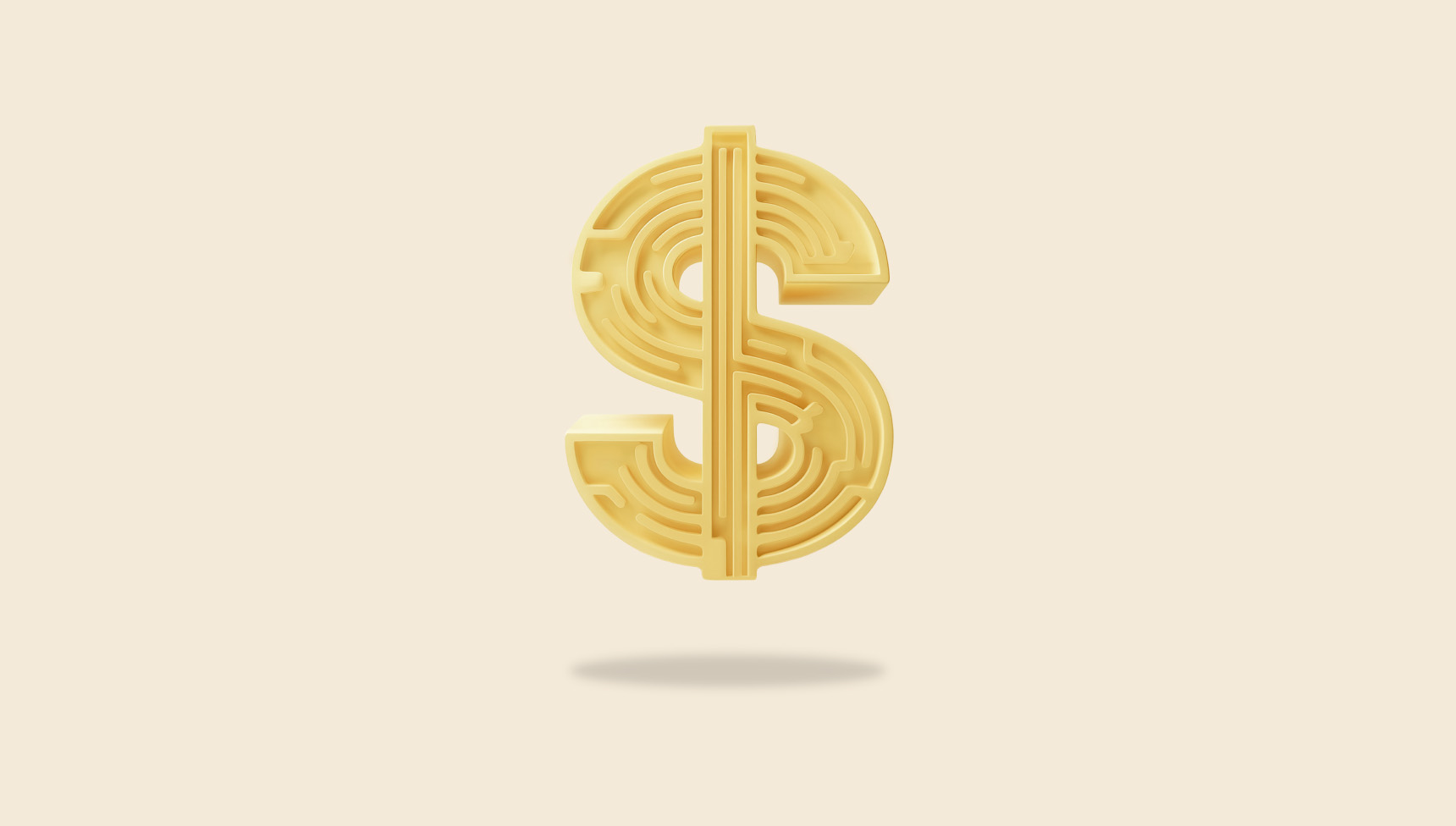Super and taxes — they may not be the most exciting topics, but it's an important one when it comes to understanding your finances. After all, the more you understand about tax, the better off you could be in the long run.
How much tax do you pay on super?
Navigating the world of superannuation tax can be a bit of a headache. Depending on your age, total super amount, and the type of contribution or withdrawal you make, you could be looking at different tax rates.
To help make sense of it all, we've put together a handy table summarising the tax rates for some of the most common contribution types when dealing with super. But keep in mind that this doesn’t cover every scenario and everyone's situation is unique, so it's a good idea to seek advice from the experts from a tax accountant or financial adviser.
|
Concessional (or before-tax) contributions
|
Super guarantee contributions (employer contributions)
|
15%
|
Low-income earners may be eligible for low-income super tax offset (LISTO)
|
|
Salary sacrifice
|
15%
|
|
Personal contributions you claim as a tax deduction
|
15%
|
|
Division 293
|
Additional 15% on your taxable contributions
|
Division 293 is for individuals whose combined income and contributions are greater than the Division 293 threshold of $250,000 p/a.
|
|
Non-concessional (or after-tax) contributions
|
Personal contributions (not claimed as a tax deduction)
|
Tax free
|
|
|
Spouse contributions
|
Tax free
|
|
|
Government co-contribution and LISTO payment
|
Tax free
|
|
|
Downsizer contribution
|
Tax free
|
$300,000 downsizer contribution cap applies |
|
Other
|
Investment earnings
|
- 15% for accounts in accumulation phase and transition to retirement.
- Tax-free for Retirement account (subject to transfer balance cap).
|
Capital gains tax (CGT) discount may apply |
|
Excess transfer balance tax
|
- 15% for the first time you exceed the cap.
- 30% for subsequent times
|
Capital gains tax (CGT) discount may apply |
|
Do you pay tax on super contributions?
Yes, you may have to pay tax on some super contributions, depending on the type of contribution and your circumstances.
Concessional contributions (before-tax)
Concessional contributions are super contributions made before tax, which includes super guarantee contributions and salary sacrifice payments. These contributions are generally taxed at a concessional rate of 15% when paid into your super account.
However, if your combined income and contributions are over the Division 293 threshold of $250,000 per financial year, you may be subject to an additional 15% tax on some or all of your concessional contributions, known as Division 293 tax. Check out the ATO website for more information on Division 293 tax and how it is calculated.
Non-concessional contributions (after-tax)
Non-concessional contributions are made with after-tax income, such as personal contributions not claimed as a tax deduction and spouse contributions. Since tax has already been paid on them, these contributions aren’t taxed again when they’re paid into your super account. Keep in mind there are limits to how much you can contribute each year — if you exceed these limits, you may have to pay extra tax on your contributions.
Exceeding contributions
If you exceed the concessional or non-concessional caps, you may be subject to extra tax. For more information, you can read our Facts and Figures page on excess contributions or visit the ATO to understand how extra contributions can mean extra tax.
Tip
To avoid paying extra tax on your super, make sure you give your super fund your Tax File Number (TFN).
How are investment earnings in superannuation taxed?
Investment earnings from your super can help grow your retirement savings, but did you know that they can be taxed differently depending on your situation?
Accumulation phase including TTR
If you're in the accumulation phase, you're probably working hard to grow your super balance as much as possible. The good news is that investment earnings in this phase are generally taxed at a concessional rate of 15%.
Transition to Retirement income streams are not considered to be in ‘retirement phase’ and as such a tax rate of 15% will apply until it is in the retirement phase (e,g, when you retire or turn age 65). We will automatically change your account to the retirement phase when you turn 65. If you retire earlier let us know.
Retirement phase
If you’re in the retirement phase, your investment earnings are generally not taxed, provided that your super balance falls within the transfer balance cap.
Do you pay tax on super withdrawals when you retire?
After working hard and saving for years, the last thing you want is a nasty tax surprise when you retire. How much tax you pay on your super withdrawals when you retire depends on:
- your age
- your total super balance
- whether you choose to withdraw your super as a lump sum or income stream
- how much of your super is in a tax-free component or a taxable component.
Generally, if you take any part of your super benefit after age 60, no tax is payable. Keep this in mind as you make your retirement plans. It might also be worth consulting with a financial adviser to figure out the right withdrawal strategy for you.
Tax on lump sum withdrawals
Age 60 and over
|
Tax-free |
Tax-free |
Under 60
|
Tax-free |
Taxed at 22% (including the Medicare Levy)*
|
Age 60 and over
|
| Tax-free |
| Tax-free |
Under 60
|
| Tax-free |
Taxed at 22% (including the Medicare Levy)*
|
*Medicare Levy is 2%.
Note: Untaxed component not included above as Rest is a taxed fund.
Tax on income stream
Age 60 and over
|
Tax-free |
Tax-free |
Under 60 and totally and permanently disabled
|
Tax-free |
Taxed at your marginal tax rate (if the pension payment is a disability income stream, you may be entitled to a 15% tax offset)
|
Age 60 and over
|
| Tax-free |
| Tax-free |
Under 60 and totally and permanently disabled
|
| Tax-free |
Taxed at your marginal tax rate (if the pension payment is a disability income stream, you may be entitled to a 15% tax offset)
|
What is the difference between tax-free and taxable super?
When you withdraw from your super, it’s important to understand the tax status of the money. It typically depends on the contribution type and whether tax was paid on it.
Keep in mind that the super benefit you withdraw must keep the same proportion of the tax-free and taxable components of your super balance. Known as the proportioning rule, this means you can’t choose to only withdraw the tax-free component.
Tax-free component
As the name suggests, you don’t pay tax on the tax-free component of your super, whether you withdraw it as a lump sum or as an income stream.
The tax-free component of your super can come from:
- non-concessional (after-tax) contributions, such as personal contributions which you haven’t claimed a tax deduction for spouse contributions
- government co-contributions
- government payments from the low-income super tax offset (LISTO)
Taxable component
Simply put, the taxable component of your super is what's left after subtracting the tax-free component from the total value of your super. It can come from:
- employer contributions
- contributions from salary sacrifice arrangements
- personal contributions that you’ve claimed as tax deductions
- investment earnings
The taxable component may have two parts:
- Taxed element — the portion of the taxable super where your super fund has already paid 15% tax on the contributions or earnings.
- Untaxed element — As Rest is a taxed super fund, Rest member super balances don’t include untaxed elements. Visit the ATO website for more information.
Do you pay tax on death benefits?
When someone dies, their super plus the proceeds of any insured benefits is typically paid to their beneficiaries. This payment is called a superannuation death benefit.
The amount of tax payable on the death benefits depends on:
For details about how death benefits are taxed, visit the ATO website.
Tip
If you’re a Rest member, you can get advice on your super and retirement. Talk to a Rest Adviser.







